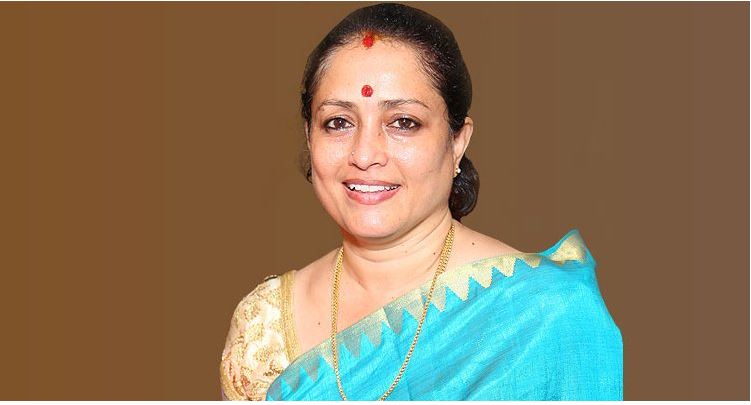Diabetes Mellitus

Diabetes mellitus affects populations across developed and developing countries. It has posed a threat to the health of humans worldwide. According to the World Health Organisation (WHO), the global prevalence of diabetes for the year 2000 was estimated at 175 million people and the projected estimate worldwide by 2030 is 354 million. In India alone, the prevalence of diabetes is expected to increase from 31.7 million in 2000 to 79.4 million in 2030. (Global estimates for prevalence of diabetes mellitus and impaired glucose tolerance in adults: WHO Ad Hoc Diabetes Reporting Group. Diabetes Care 16:157–177, 1993)
Obesity due to lifestyle changes has increased the incidence of diabetes not only in adults but in children too. The risk factors to develop diabetes among Indians are sedentary lifestyle, lifestyle changes due to urbanisation.
Measures to prevent diabetes
Type I diabetes mellitus is not preventable. But Type II diabetes is preventable. Dietary changes, adequate exercises and positive attitude towards life are important steps to pave the way for this prevention.
- Dietary changes: This includes eating less carbohydrate, particularly avoiding refined carbohydrates such as white flour, polished rice and refined sugar, eating adequate proteins and fat. Eating at the right time, particularly dining closer to sunset helps the liver perform its function of regulating glucose and building up glycogen efficiently.
- Exercises: This includes regular walks for 30 minutes for five days a week and engaging in weekend activities with family such as gardening, cooking, cleaning up, washing, etc. Fun filled activities through games with family and friends are very good stress busters.
- Positive attitude: Stress is inevitable. In life things do not always happen the way we want. To accept circumstances as they are, is a better way to get clarity and reduce unwarranted stress. It is the way in which one deals with a situation that makes the difference. Stress brings about cortisol and catecholamines to increase blood sugar whereas a positive way of looking at every situation releases dopamine which brings joy. Mindful movements such as Tai chi and Yoga help to look at life in a more positive way.
In my personal experience, I have recommended having dinner closer to sunset and manage nutrition through low carbohydrates, adequate protein and fat to my friends and family who have Type II diabetes mellitus and hypothyroidism. This change in lifestyle has helped them reduce drug dosage and maintain normal sugar levels by just changing their diet alone.
An informal verbal consent was sought and a few of our residents gladly agreed to give their statements on community living adding quality to their rhythm of life and thereby helping them keep diabetes under check. They have expressed their well-being in spite of being diabetic and they attribute that to diet, exercise and rhythmic routines which they could follow in the communities.
Mr Balasubramanian from Serene Adinath by Columbia Pacific has been a diabetic for 30 years and says that his blood sugar levels were high before joining the community. Because of regular exercise suggested by the physiotherapist at the community and by following elder-friendly balanced nutrition, his sugar levels are now within normal limits.
Mr TS Swaminathan from Serene Adinath by Columbia Pacific was diagnosed with diabetes 10 years back. He claims his blood sugar is being well maintained with optimum dosage of drugs, along with following a rhythm in diet and activity at the community
Mr Dwaraki from Serene Urbana by Columbia Pacific has been living with diabetes for 7 years. He says that it can be managed well with strict diet without sugar and fried foods, an hour-long morning walks daily, 40 minutes of exercise and 30 minutes of pranayama. Keeping busy with other useful activities and avoiding stress is the mantra, he says.
Mrs Rita from Serene Urbana by Columbia Pacific is 67 and she was diagnosed with diabetes 10 years back. She consults her dietician regularly and says that one never really has to give up on anything that one likes to eat. One just has to make sure to balance the intake.
Prevention and care
Health education to spread awareness about lifestyle changes must start at the school level and importance should be given to physical education as well. This will prevent the risk of someone becoming diabetic or becoming obese.
Periodic health screening can be made mandatory among young working adults for early diagnosis of diabetes which can be managed and even reversed if known at an early stage.
Conclusion
Living life more consciously is the need of the hour to prevent lifestyle diseases. Eating with awareness and expending energy consciously will help lower the incidence of diabetes mellitus.
